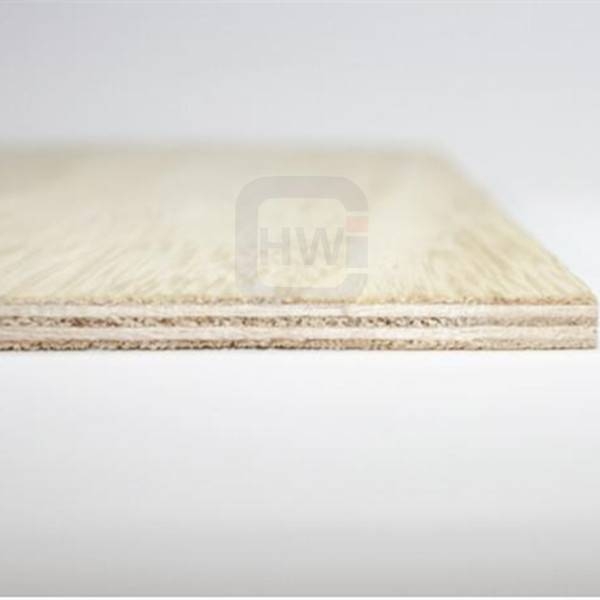
Hello, fellow DIY enthusiasts and woodworking aficionados! If you’re like me, you’re constantly on the lookout for materials that can enhance your projects while making your life easier. One such material that has been making waves in the world of construction and crafting is ultra-lightweight plywood. In this comprehensive guide, I’ll take you on a journey through the realm of ultra-lightweights plywood, revealing its secrets, benefits, and the incredible projects you can embark on with it.
What Is Ultra-Lightweight Plywood?
The Marvel of Engineered Woods
Ultra-lightweight plywood, as the name suggests, is a type of plywood that takes lightweight to a whole new level. It’s part of the family of engineered woods, which includes various wood-based products designed to optimize strength, weight, and performance.
Benefits of Ultra-Lightweight Plywood
1. Feather-Like Weight
Traditional plywood can be quite heavy and challenging to maneuver, but ultra-lightweights plywood changes the game entirely. Its feather-like weight makes it a dream to work with, whether you’re crafting intricate furniture or tackling significant construction projects.
2. Enhanced Maneuverability
With the reduced weight, you’ll find it easier to transport and handle ultra-lightweights plywood sheets. It’s a win-win situation, as you save energy and reduce the risk of strain or accidents during handling.
3. Versatile Applications
Ultra-lightweight plywood is incredibly versatile. You can use it for various applications, such as:
- Furniture Making: Craft lightweight, modern furniture pieces with ease.
- Interior Paneling: Achieve a sleek, polished look for interior walls and ceilings.
- Model Building: Ideal for model aircraft, boats, and architectural models.
- Structural Uses: Some varieties are suitable for structural applications, such as lightweight walls and partitions.
4. Easy to Cut and Shape
Cutting and shaping ultra-lightweights plywood is a breeze, thanks to its manageable weight and consistent thickness. Whether you’re using hand tools or power tools, you’ll enjoy the ease of crafting precise shapes and sizes.
Types of Ultra-Lightweight Plywood
1. Balsa Plywood
What Is Balsa Plywood?
Balsa plywood is renowned for its incredible lightness. It features a balsa wood core sandwiched between thin plywood sheets. This combination results in a material that’s both lightweight and surprisingly strong.
Ideal For:
- Model aircraft
- High-end yacht construction
- Architectural models
2. Poplar Plywood
What Is Poplar Plywood?
Poplar plywood is known for its consistent density and straight grain. It’s often used in furniture making, cabinet construction, and interior paneling.
Ideal For:
- Modern furniture
- Cabinetry
- Interior wall paneling
3. Paulownia Plywood
What Is Paulownia Plywood?
Paulownia plywood is derived from the Paulownia tree, known for its rapid growth and lightweight wood. It’s a sustainable choice and offers excellent insulation properties.
Ideal For:
- Lightweight construction
- Eco-friendly projects
- Artistic creations
Ultra-Lightweight Plywood Prices
Factors Affecting Pricing
Several factors can influence the prices of ultra-lightweight plywood:
- Plywood Type: The type of ultra-lightweights plywood you choose will significantly impact the cost. Balsa plywood, for example, tends to be more expensive due to its unique properties.
- Thickness: The thickness of the plywood sheets can affect pricing. Thicker sheets may cost more than thinner ones.
- Brand: Well-known brands and manufacturers may charge a premium for their ultra-lightweights plywood products.
FAQs About Ultra-Lightweight Plywood
Q1: Is ultra-lightweight plywood suitable for outdoor use?
A1: It depends on the specific type of ultra-lightweights plywood and the project’s requirements. Some varieties, like marine-grade Paulownia plywood, can withstand outdoor conditions.
Q2: Can I stain or finish ultra-lightweight plywood?
A2: Yes, you can stain or finish ultra-lightweights plywood to achieve the desired look. However, always test your chosen finish on a small, inconspicuous area first to ensure it adheres properly.
Q3: How does ultra-lightweight plywood compare to traditional plywood in terms of strength?
A3: Ultra-lightweights plywood is generally not as strong as traditional plywood in terms of sheer load-bearing capacity. However, it offers an excellent strength-to-weight ratio for various applications.
Q4: Is ultra-lightweight plywood environmentally friendly?
A4: Some types of ultra-lightweights plywood, especially those made from sustainable wood sources, can be more environmentally friendly than traditional plywood. Always check the sourcing and manufacturing processes to make an informed choice.
Conclusion: Embrace the Lightness
In the world of woodworking and construction, the quest for materials that combine strength, versatility, and ease of use is never-ending. Ultra-lightweights plywood emerges as a shining star in this quest, offering woodworkers, DIY enthusiasts, and builders a chance to explore new horizons.
Whether you’re creating delicate model airplanes, crafting modern furniture, or enhancing your interior spaces, ultra-lightweights plywood provides the perfect balance of weight and strength. It’s time to embrace the lightness, dive into your projects with renewed vigor, and let the magic of ultra-lightweights plywood unfold before your eyes. Happy crafting!
Post time: 3 10 月, 2023
